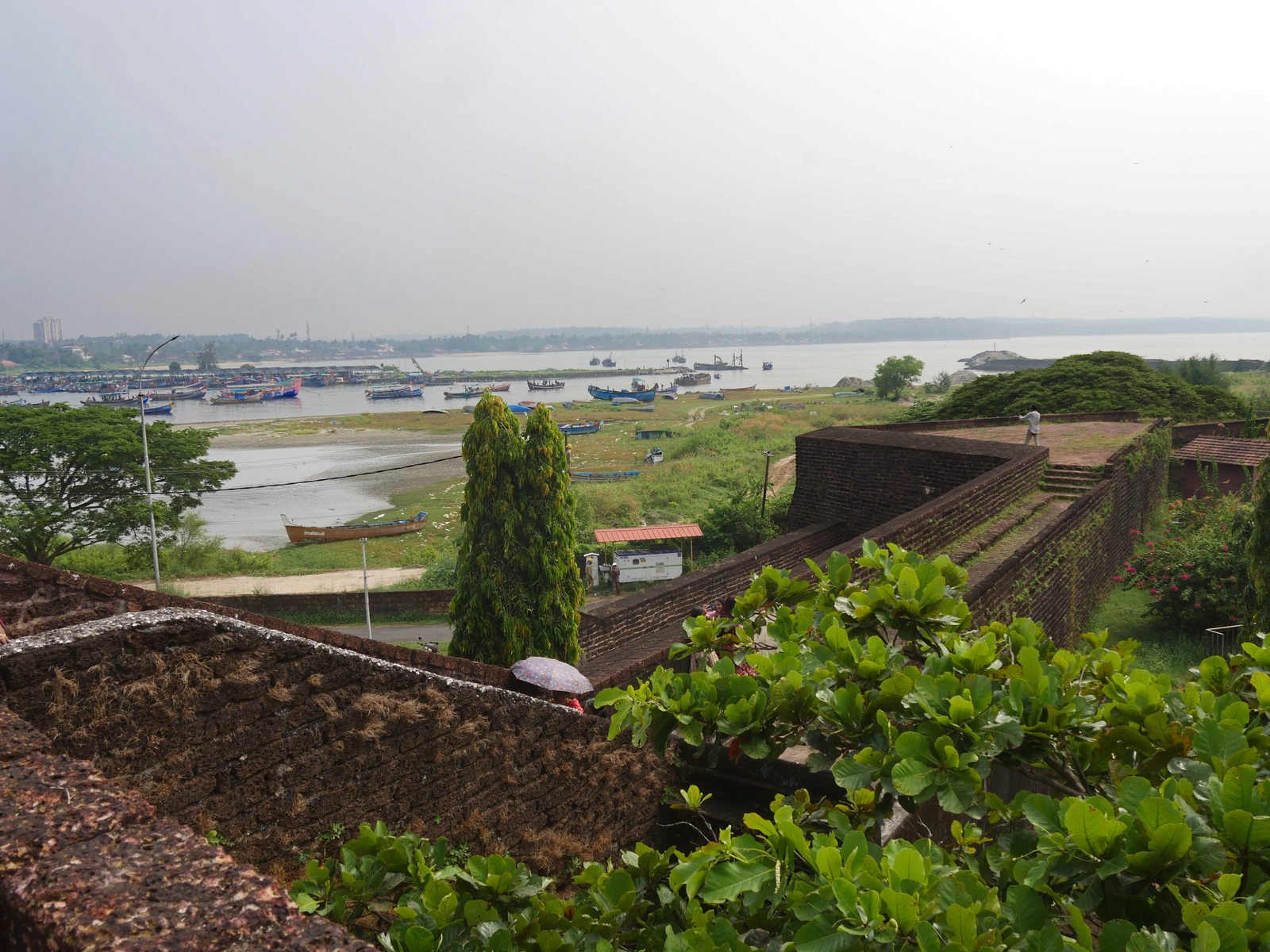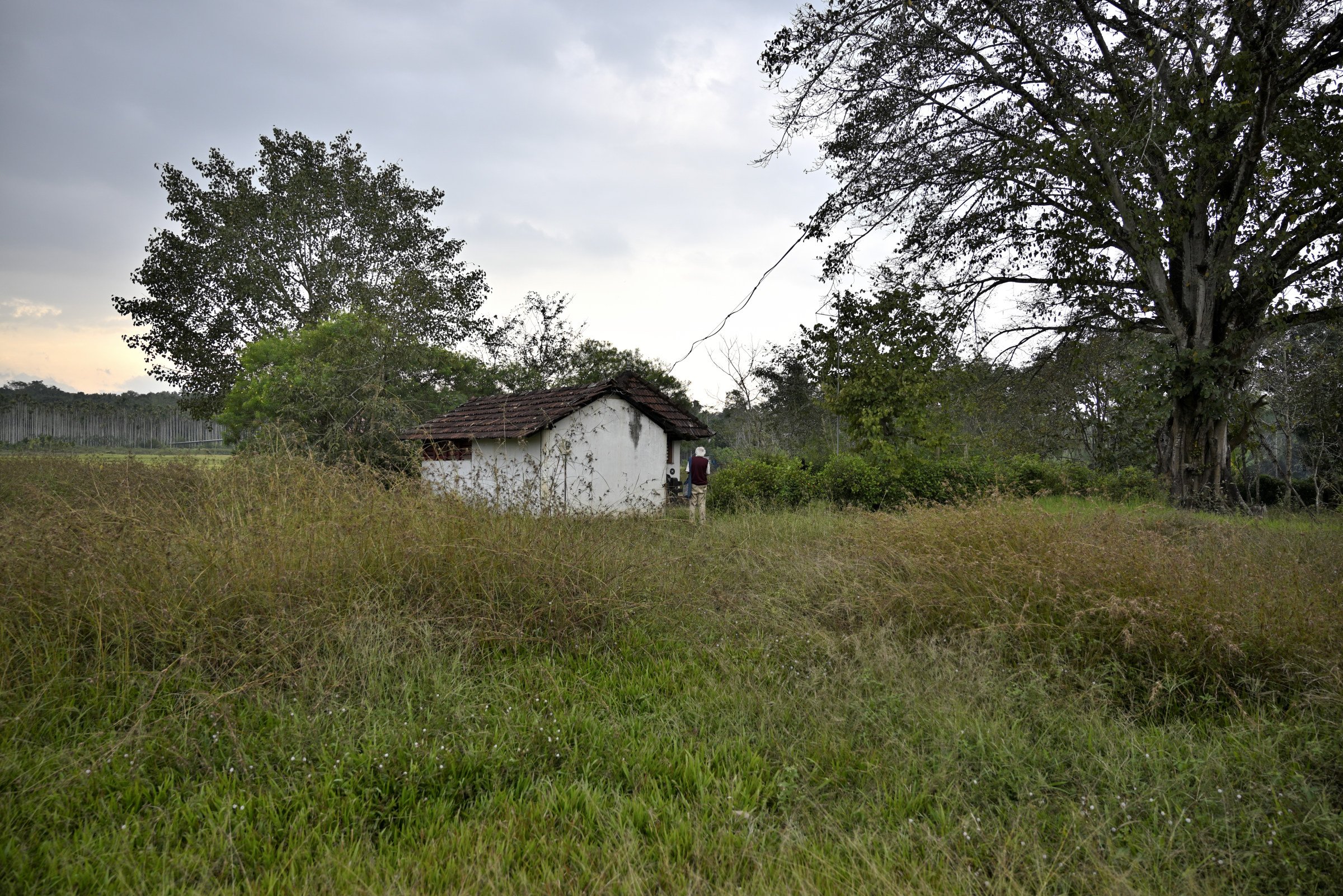The Malabar
-
Malabar, also known as the 'land of hills,' is situated on India's southwest coast. Its culture is unique - a product of interactions with traders brought by the monsoon winds across the Arabian Sea. The region's cosmopolitan ambience is a result of its diverse influences. The Western Ghats, which border Malabar to the east and are rich in resources like pepper and cardamom, have significantly shaped Kerala's distinct role in the global trade for spices over many centuries.
-
Malabar's landscape is shaped by the Western Ghats, where spices like pepper and cardamom are grown and act as a natural barrier, influencing Kerala's culture. The Ghats affect the region's ecosystem and have mineral-rich soil. The fertile coastal plains grow rice and coconut, while cash crops such as rubber and tea are grown in the hills. The Ghats' lush forests are also home to wildlife and hardwood trees like rosewood, mahogany, and teak.
-
Malabar experiences a tropical climate with heavy monsoon rains from June to September, crucial for farming and its forests. The Western Ghats play a significant role in the region's climate, with the coastal areas having a hot and humid climate, while inland regions are cooler due to the Ghats' influence.
Kasargod
Located at the northern tip of Kerala, Kasaragod shares a border with Karnataka and has a rich history. The Malik Deenar mosque, one of India's oldest, was built by an Arab explorer. Nearby is the Ananthapuram Lake temple, believed to be the original abode of Lord Padmanabhaswamy. Bekal Fort, Kerala's largest, stands proudly along the Arabian Sea, offering stunning views. Kasargod district has the largest number of rivers in Kerala, including Chandragiri and Kariankod, all flowing east from the ghats to the sea through lush greenery and paddy fields.
Kannur
Kannur has been inhabited since Neolithic times, evidenced by rock-cut caves and ancient burial sites. It served as Kolathunadu's headquarters by 600 BC, a dynasty on the Malabar Coast. The area is home to India's oldest mosques, one of which dates back to the era of Prophet Muhammad. During the 17th century, it thrived as the Arakkal Sultanate capital, which also ruled the Laccadive Islands. Kannur was the base of the East India Company's military operations until 1887. Its cuisine blends Kerala, Persian, Yemeni, and Arab flavours, featuring Malabar biriyani and seafood. Nearby stands the Subrahmanya Temple stepwell, built of laterite and recognised as a national water heritage site.
The Wayanad Plateau, Kerala's lone plateau, extends from the Mysore Plateau, linking the Western and Eastern Ghats. Nestled in the Western Ghats, its heights range from 700 to 2,100 meters. Established in 1980, it is Kerala's newest district, sprawling across nearly a thousand square kilometres of dense jungle, inhabited by indigenous tribes with ancient roots tracing back to the Stone Age. The Edakkal Caves boast 6000-year-old Neolithic rock engravings. While Wayanad's soil and climate are ideal for horticulture, it is surrounded by National parks, home to elephants and tigers, leading to recent conflicts between forest animals and farmers.




